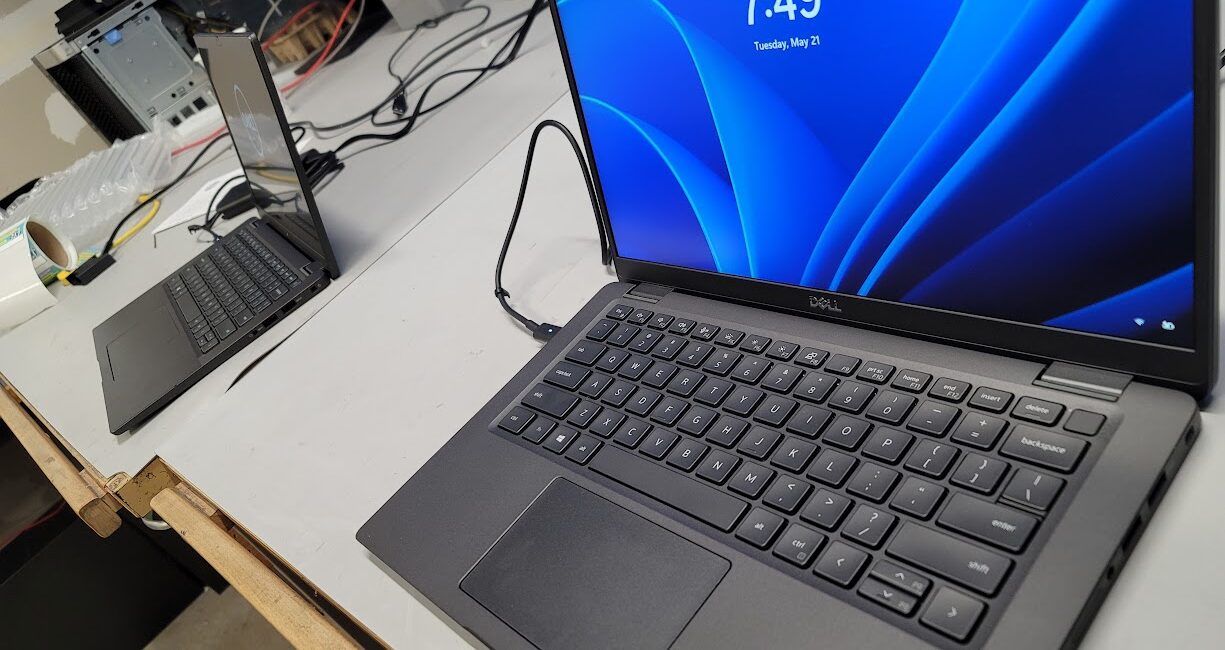
- February 21, 2023
- Growth Mode Tech
- 0
The Hyperloop is a futuristic transportation concept that has captured the imagination of people around the world.
It is a high-speed, passenger and cargo-carrying system that uses vacuum-sealed tubes to transport people and goods from one place to another. The concept was first introduced by billionaire entrepreneur Elon Musk in 2013, and since then, it has been the subject of much excitement and speculation.
What is the Hyperloop?
The Hyperloop is a mode of transportation that uses a network of tubes to move passenger and cargo pods at speeds of up to 700 mph (1,127 km/h). The pods are levitated above the ground by magnetic levitation and propelled through the tubes by electric motors, creating a low-friction and low-air-resistance environment that allows the pods to travel at high speeds.
Benefits of the Hyperloop
The Hyperloop offers a number of benefits over traditional modes of transportation, including:
Speed: One of the biggest advantages of the Hyperloop is its speed. The high-speed nature of the system allows passengers to travel long distances in a fraction of the time it would take by car, train, or plane.
Energy Efficiency: The Hyperloop is designed to be energy efficient, using renewable energy sources to power its electric motors. This helps to reduce greenhouse gas emissions and makes it a more environmentally friendly mode of transportation.
Cost-Effective: The Hyperloop is designed to be cost-effective, offering a low-cost alternative to traditional modes of transportation, especially for long-distance travel.
Increased Capacity: The Hyperloop is designed to be able to carry a large number of passengers and cargo, making it a highly scalable mode of transportation.
Safety: The Hyperloop is designed to be safe, using advanced technologies and safety systems to protect passengers and cargo. The system is also designed to be immune to weather-related disruptions, making it a reliable mode of transportation.
Challenges of the Hyperloop
While the Hyperloop offers a number of benefits, there are also several challenges that need to be overcome before it becomes a reality. These include:
Technical Feasibility: The Hyperloop is a complex system that requires significant technical expertise to design and build. There are also questions about the feasibility of constructing a network of tubes that can maintain a vacuum over long distances.
Cost: The cost of building a Hyperloop system is likely to be high, and there are questions about who will bear the cost of construction and operation.
Regulation: There are also regulatory challenges to overcome, including questions about the safety and liability of the system and the need for government approval for construction and operation.
Public Acceptance: The Hyperloop is a new and untested mode of transportation, and there may be concerns among the public about its safety and reliability.
Conclusion
The Hyperloop is an exciting and innovative concept that has the potential to revolutionize the way people travel. While there are challenges to overcome, the benefits of the system, including its speed, energy efficiency, and cost-effectiveness, make it an attractive alternative to traditional modes of transportation. As technology continues to advance and the world becomes increasingly focused on sustainable transportation solutions, it will be interesting to see how the Hyperloop develops and evolves in the coming years.

Looking for a way to make your company Go Green?
Growth Mode Technologies is offering the Green Mode Tech Program. For more information you visit the Green Mode Tech page.



